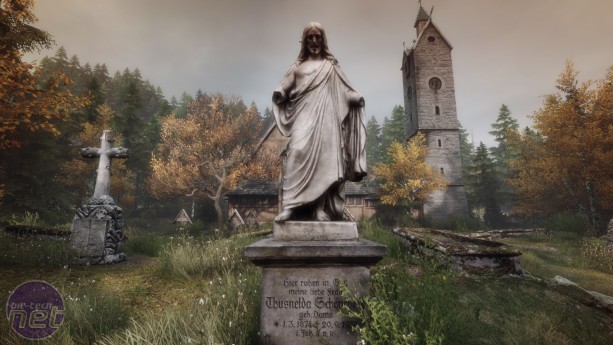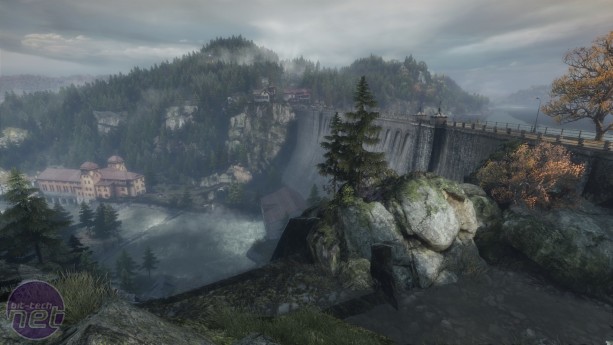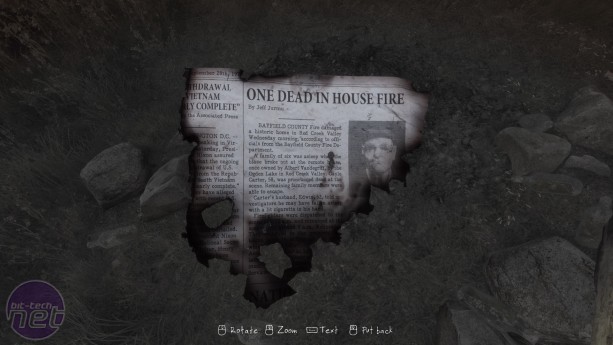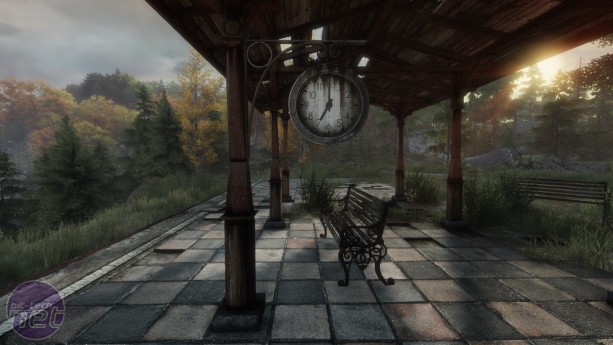
The Vanishing of Ethan Carter Review
Price: £14.99Developer: The Astronauts
Publisher: The Astronauts
Platform: PC
I’ve had my eye on The Vanishing of Ethan Carter for some time now, believing that it might just be the game that finally delivered on the promise of many previous 'walking simulators', such as Dear Esther, Gone Home, Ether One and most recently Mind: Path to Thalamus. Each of these games has felt like an evolution over its predecessor, bringing with it a greater understanding of how to build an engaging first person game that doesn't rely exclusively on either guns or horror as the core facilitator of interaction.
I was so very nearly right. Ethan Carter cleverly combines a compelling narrative, some highly original puzzling and a sequence of absolutely astonishing environments to create an experience that is both compelling and eerie. Yet I nevertheless came away from it feeling ever so slightly disappointed, for reasons that I will attempt to go into without spoiling all the surprises.
As the title suggests, Ethan Carter is a mystery game, handing you the trilby of self-described “Supernatural detective” Paul Prospero and sending you to Red Creek Valley to investigate the disappearance of a young boy. Yet while ostensibly the plot is about this central mystery, the true focus of the game is exploring and enjoying the magnificent landscape the developers have created.
You could put this down to technical considerations like textures and lighting, and of course Ethan Carter is mightily impressive in both categories. But it’s so much more than that. Ethan Carter is a game about layers, merging a rural woodland landscape with decaying human architecture to create a world that is slowly being reclaimed by nature.
Although the landscape is still dominated by an enormous concrete dam, the railroad that once ran through the area is long-since disused, and the few buildings you encounter are ruined, ramshackle things, gradually being consumed by the surrounding vegetation. It’s a world steeped in history, the natural, the medieval, the industrial. These layers come in more literal forms too. Prospero's journey takes him from the summit of a mountain to the darkest depths of a mine, from a dizzyingly high railway bridge to the base of that imposing dam.
While the environments are delightful, it’s important to point out that Ethan Carter’s world is not an open one. There’s a definite narrative progression which the game wishes you to follow. It does allow you to wander off the beaten track at certain points, but never too far, and you do find yourself frequently bumping up against the world’s boundaries like a boat coasting into harbour. It gives you enough space to make you feel like you’re exploring rather than merely progressing, but only just.

MSI MPG Velox 100R Chassis Review
October 14 2021 | 15:04













Want to comment? Please log in.